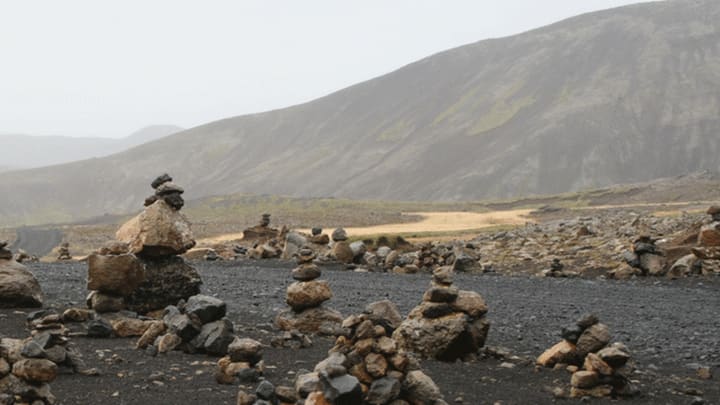According to a 1998 survey, 54.4 percent of Icelanders believe in elves. Also known as the "Huldufolk" or "hidden people," elf mythology dates back centuries, and is seen as an important part of Iceland’s cultural heritage. So, in 2014, when a group of Icelandic environmental activists began protesting a planned road development on the basis that it would disrupt an elf village, their complaints were taken seriously.
According to The Independent, environmentalists claimed the proposed road would not only pass through an invisible elf community, but cut through previously protected lava fields, disturbing several animal nesting sites. Joining forces with a group of elf believers and calling themselves “Friends of the Lava,” the environmentalists protested the development on both environmental and mystical grounds.
They were led by Ragnhildur Jónsdóttir, an environmentalist and elf seer who operates an Elf Garden near Reykjavík. According to The Atlantic, Jónsdóttir investigated the site of the proposed road and, after thoroughly exploring the area, provided testimony that "a very important elf church" atop a large rock would be destroyed if the road were built. Though elves are invisible to most people, Jónsdóttir claims to be able to communicate with them, and conveyed their displeasure with the road plan to the press. The elves, speaking through Jónsdóttir, also made it clear that this was an environmental issue: Jónsdóttir explained that while elves are able to move their homes (albeit often reluctantly), they refuse to do so for what they see as unworthy causes.
The government swiftly responded, putting the road project on hold until the case could be fully resolved. Over the course of 2014, the case went all the way to the Supreme Court, who ultimately ruled against the "Friends of the Lava," but made one concession to their cause: the specific rock on which the "elf church" was located would be relocated to a safe place.
